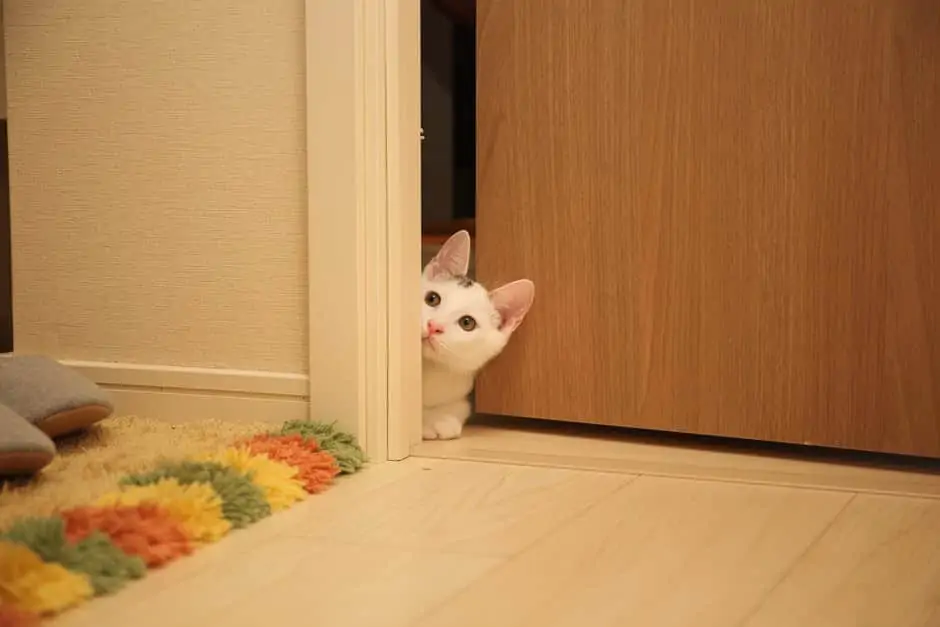Compared to dogs, cats can be really mysterious. The body language of feline can be a tad more subtle than that of dogs. This is why most of the cat parents find it hard to decipher the body language of their beloved pet. This blog details some of the common cat body languages and its meaning.
Stare and state of pupil
Cats are usually against eye contact and as per the experts, direct eye contacts evokes a feeling of threat to them. The moment you start staring at your cat, she halts what she was doing and starts accessing the situation. Usually, cat pays more attention to the individual in the room who is trying to ignore it rather than the individual who is trying to win her attention via eye contact.
The expansion of cat’s pupil is directly proportional to the fear factor. Literally transformed, the more fearful your cat is, the wider her pupil becomes. The dilated pupil helps the cat to scan the surroundings and take in as much as visual information as possible. On the contrary, when the cat is angry and or in a mood to hunt, her pupil constricts to focus more effectively on the prey.
Belly exposure
If a cat exposes her belly towards her owner, it usually indicates that the respective parent has won her trust. Any cat exposing her belly is exposing one of the most vulnerable parts of her body and hardly in a position to take off. Some cat prefers belly rub while she rolls over her tummy, however, if you see your cat in this position with her teeth full on display and with extended claws, it is better to drop the idea of giving her a belly rub.
Tail position
Most of the cat parents are too curious to decipher their pet’s tail placements. Akin to dogs, different tail positions in cat indicate different emotional states. When she is relaxed and friendly, you can observe that her tail is positioned upright. On the contrary, when she feels threatened or cornered, her tail becomes puffed up; tail puffing is usually done to make herself look larger or fearful to any threat. Akin to dogs, a cat with a relatively low tail posture indicates fear.
Purring
Purring is one of the cat body languages, which is really difficult to decode. Cats can purr for two reasons, either when she is happy or when she feels distressed, hurt or hungry. To decode the same, you need to keep a close eye on her while she keeps purring, watch for the tail placements and if she seems relaxed while purring, it might indicate that she is just in a happy state. On the contrary, if the purring is accompanied with constant movements, then she is probably stressed or hungry.
Growling or hissing
When you hear your cat hissing or growling, it’s the warning sign that indicates that she is not in the mood to play around. Under such circumstance, give her some space, ignore and stay away from her, however, do not let her out of your eyesight. Check her tail position and approach her only when you feel that she has calmed down.
Cats can be unpredictable, additionally; each cat might have her own preferences. The primary example is the belly rub; some cats like it while some cannot make peace with it. As a cat parent, just ensure that you spend some time with her and closely keep and eye on her body languages for better understanding.

